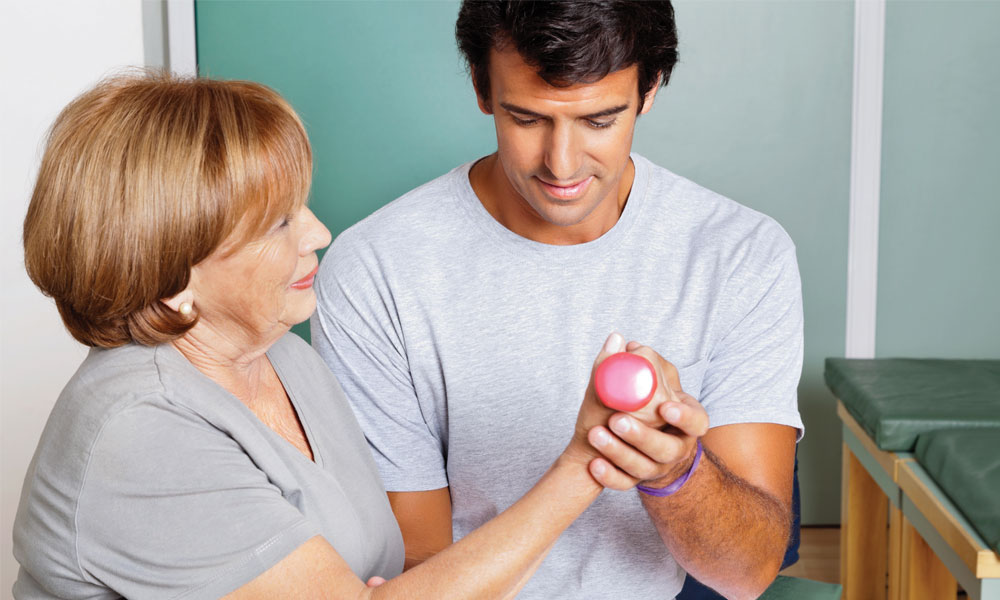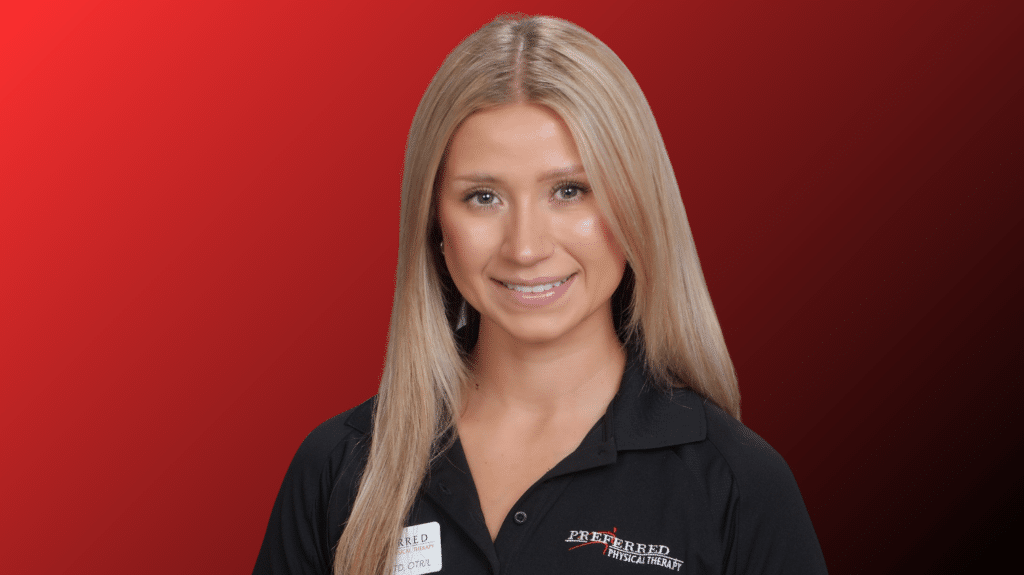POTS is an acronym that stands for Postural Orthostatic Tachycardia Syndrome. POTS is a disorder that occurs due to a dysfunction of the autonomic nervous system, which controls everything that is “automatic” such as blood pressure, heart rate, etc.
Some common symptoms of POTS are lightheadedness, fainting, and tachycardia (rapid heartbeat). People with POTS have difficulty staying active due to this dysfunction of the autonomic nervous system, so physical deconditioning is common and can cause the symptoms to worsen. However, physical therapy and endurance training can help recondition the body and decrease symptoms in people with POTS.
There are different levels of exercises that physical therapists use for people with POTS. Level one exercises would be for those who are the most severely disabled, such as those who are bedridden. These exercises include activities such as squeezing a pillow between the legs or arms, writing the alphabet in the air with the toes, leg lifts laying on the side or back and stretching. Many of these exercises will be difficult at first, but doing a little bit every day will make them easier to perform.
Most people with POTS will likely be able to begin with level two exercises. These exercises, as well as level three, should always be preceded with a five to ten minute warm-up of stretching or yoga. Some of the exercises included in level two are rowing, recumbent biking, swimming, and weight and strength training. Again, some of these may be difficult at first but will become more comfortable the more frequently they are done.
As the exercise tolerance increases for those working on level two exercises, they can progress to level three exercises, which is a “normal workout.” People with POTS who are well-conditioned should exercise for about 45 minutes at least three times per week. During these exercise sessions, emphasis should be placed on leg and core strength and cardiovascular exercise. Some examples of level three exercises are treadmill, elliptical, bike, stair stepper, jump rope, and arm bike.
Some tips a physical therapist might give someone with POTS are to avoid eating heavy meals as this can draw blood flow away from the brain and direct it to the digestive tract instead. When resting, people with POTS should relax in a recliner chair rather than lying flat in bed as constant bedrest decreases your tolerance to sit and/or stand. Avoid working with your arms overhead, lifting heavy objects, and climbing stairs. If these tasks must be performed, rest breaks should be taken frequently and/or assistance should be asked for. Lastly, avoid hot temperatures as this dilates, or expands, blood vessels and draws blood flow away from the brain and to the skin instead.
POTS is a rare disorder, but not one that cannot be treated. Physical therapy and exercise can help!
Content provided by Myranda Griebel, PTA




